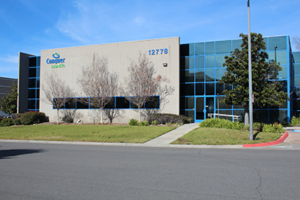At the forefront of analytical tools, Inductively Coupled Plasma Optical Emission Spectroscopy (ICP-OES) serves as an indispensable instrument, allowing scientists to decipher the complex compositions present in a variety of samples. As technological progress marches forward, the pursuit of precision becomes increasingly steadfast. Within this blog, we intricately examine the workings of ICP-OES, delving into insightful tips and techniques aimed at refining its performance and guaranteeing steadfast reliability in elemental analysis.
Understanding the Core of ICP-OES:
ICP-OES, a powerful analytical technique, relies on the excitation of atoms in a sample by an inductively coupled plasma, followed by the measurement of emitted light. For optimum performance, maintaining the delicate balance between various parameters is crucial.
Tip 1: Optimize Plasma Conditions:
Achieving a stable and robust plasma is fundamental. Fine-tune parameters such as RF power, gas flow rates, and nebulizer settings to create an environment where ionization is consistent. This ensures precise and reproducible results.
Tip 2: Matrix Effects Mitigation:
Real-world samples often contain complex matrices that can interfere with accurate analysis. Employ correction techniques like internal standards or matrix-matching to minimize these effects, enhancing the accuracy of your elemental measurements.
Tip 3: Calibration Strategies for Accuracy:
A well-calibrated instrument is the bedrock of reliable analysis. Regularly calibrate your ICP-OES using certified reference materials, and consider multi-element standards to cover a broad spectrum of elements. This approach ensures accuracy across various sample types.
Technique: Advanced Spectral Analysis for Trace Element Detection:
Pushing the boundaries of ICP-OES capabilities involves harnessing advanced spectral analysis techniques. Utilize dual-view or radial-view configurations to enhance sensitivity, particularly for trace elements. This empowers scientists to explore previously undetectable components in their samples.
The pursuit of excellence in elemental analysis through ICP-OES demands a blend of meticulous parameter optimization and the adoption of cutting-edge techniques. By incorporating these tips and techniques, scientists can elevate their ICP-OES performance, opening new frontiers in the exploration of elemental compositions and advancing scientific understanding.








